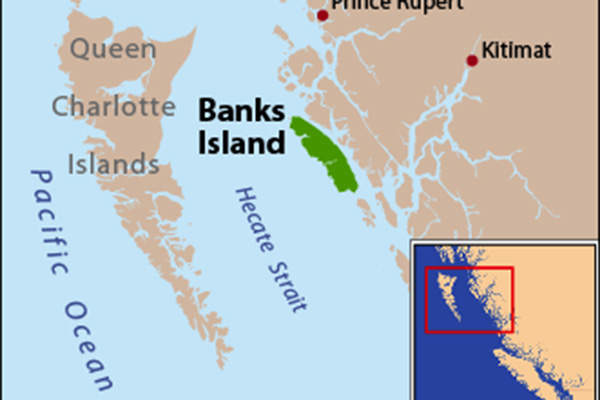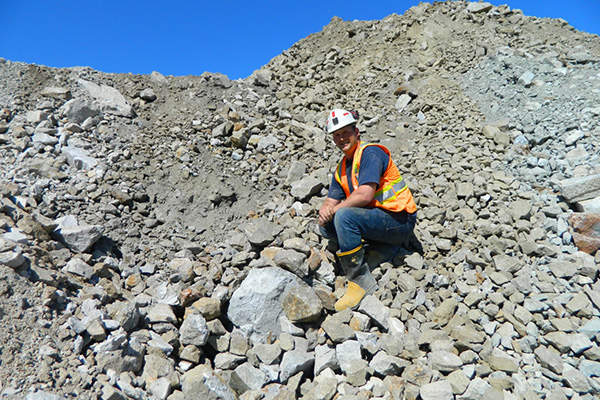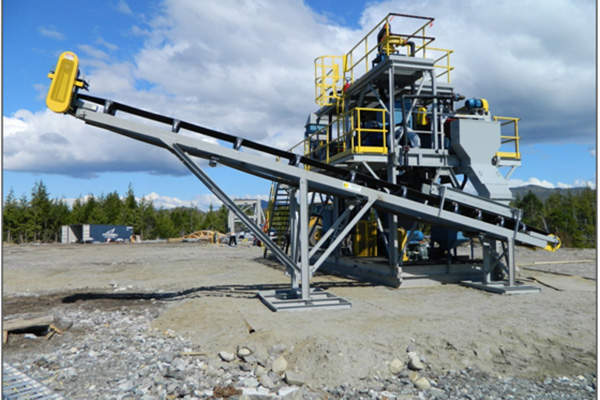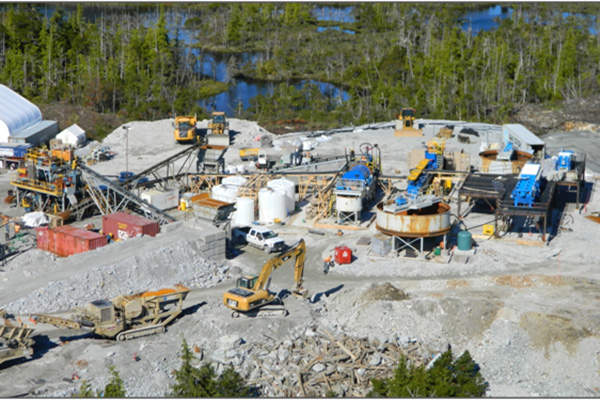The Yellow Giant Gold Property is a high-grade underground gold deposit located on the west coast of Banks Island in north-western British Columbia, Canada, which is one of the top ten gold producing countries. Bank Island Gold is the owner and developer of the project.
The British Columbia Ministry of Energy and Mines granted the Mines Act Permit for the gold project in March 2014. Initial mining commenced in the upper Bob Zone at Yellow Giant in February 2013 and the first shipment of gold concentrates was made in January 2014. The mine is yet to achieve commercial production.
Production of flotation concentrate restarted at Yellow Giant in August 2014. The mine produced 297 dry metric tonnes (dmt) of flotation concentrate grading 74 grams per tonne (g/t) gold and 185g/t silver in August, and 584dmt of flotation concentrate, 72g/t gold and 192g/t silver in September 2014.
Yellow Giant gold project location, geology and reserves
Bachelor Lake Gold Mine is located 225km north-east of Val-d’Or in Quebec, Canada.
The gold mine is a part of the Banks Island Mineral Property (BIMP) located on the Hecate Straight, approximately 110km south of the city of Prince Rupert. It is located in the Coastal Western Hemlock Zone of the British Columbia’s Ministry of Forests and Range Biogeoclimatic Ecosystem Classification.
The gold property consists of five out of 28 mineral claims held by BIMP. The project area comprises four mineralised zones, Tel, Discovery, Bob, and Kim.
The deposit is situated on the western perimeter of the Tertiary-Jurassic Coast Plutonic Complex which is comprised of north-west trending granitic bodies. Narrow, persistent Permian or older metasedimentary belts, comprising mostly of crystalline limestone, quartzite, skarn and schist, separate the granitic bodies.
As of February 2013, the Yellow Giant mine was estimated to contain 78,000t of measured and indicated resources grading 23.05g/t gold.
Mining and processing of ore
Mechanised sub-level longhole/shrinkage and longhole retreat mining methods are employed at the underground Yellow giant gold mine.
Load-haul-dump (LHD) loaders and trucks are used to transport the underground ore to the surface. The ore is crushed resulting in the removal of 50% of mass before being transported for processing to a dense media separation (DMS) plant located near Tel Zone.
The DMS plant houses feed preparation, cyclone separation, dense medium recovery, and dense medium circulation and density control facilities. The coarse and fine rejects from the plant are used as underground backfill or construction material.
The project also uses a Sepro mobile mill plant featuring one 1.8mx3.6m Sepro Tire Drive ball mill and one Sepro SB750 Falcon concentrator, as well as a flotation plant operating alongside the mobile mill plant. The gravity concentrator in the milling circuit captures the gravity-recoverable gold to produce high-grade concentrate. A production sized concentrating table is also being installed to clean the concentrate to a smeltable grade product which can be sold locally.
Offtake of gold from the Yellow Giant project
The gold-sulphide concentrate produced at Yellow Giant is sold to Metallica Commodities (MCC) under an off-take agreement signed in July 2013.
Construction and infrastructure facilities at the gold mine
Major construction works consisted of construction of surface infrastructure, portals at Tel and Bob zones, an access road to the Bob Zone, and upgrade of the existing Tel access road.
Access to the Yellow Giant mine site is by ocean through Wreck Bay, located north of the Wreck Islands. Electrical power supply is provided by two diesel generators.
A floating camp capable of accommodating up to 50 workers along with kitchen, recreation facilitates and other amenities will also be built.
Contractors involved
K&D Contracting was awarded the contract for the construction of 6.8km of access road, including a 2.1km road from Tel zone to the Bob zone and a 4.7km road from Tel zone to the Kim and Discovery zones.
Sepro Mineral Systems supplied the mobile mill plant and the flotation plant being used by the project.











